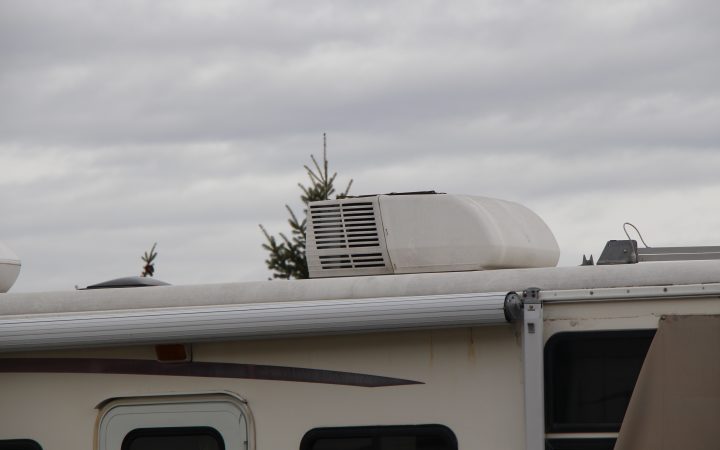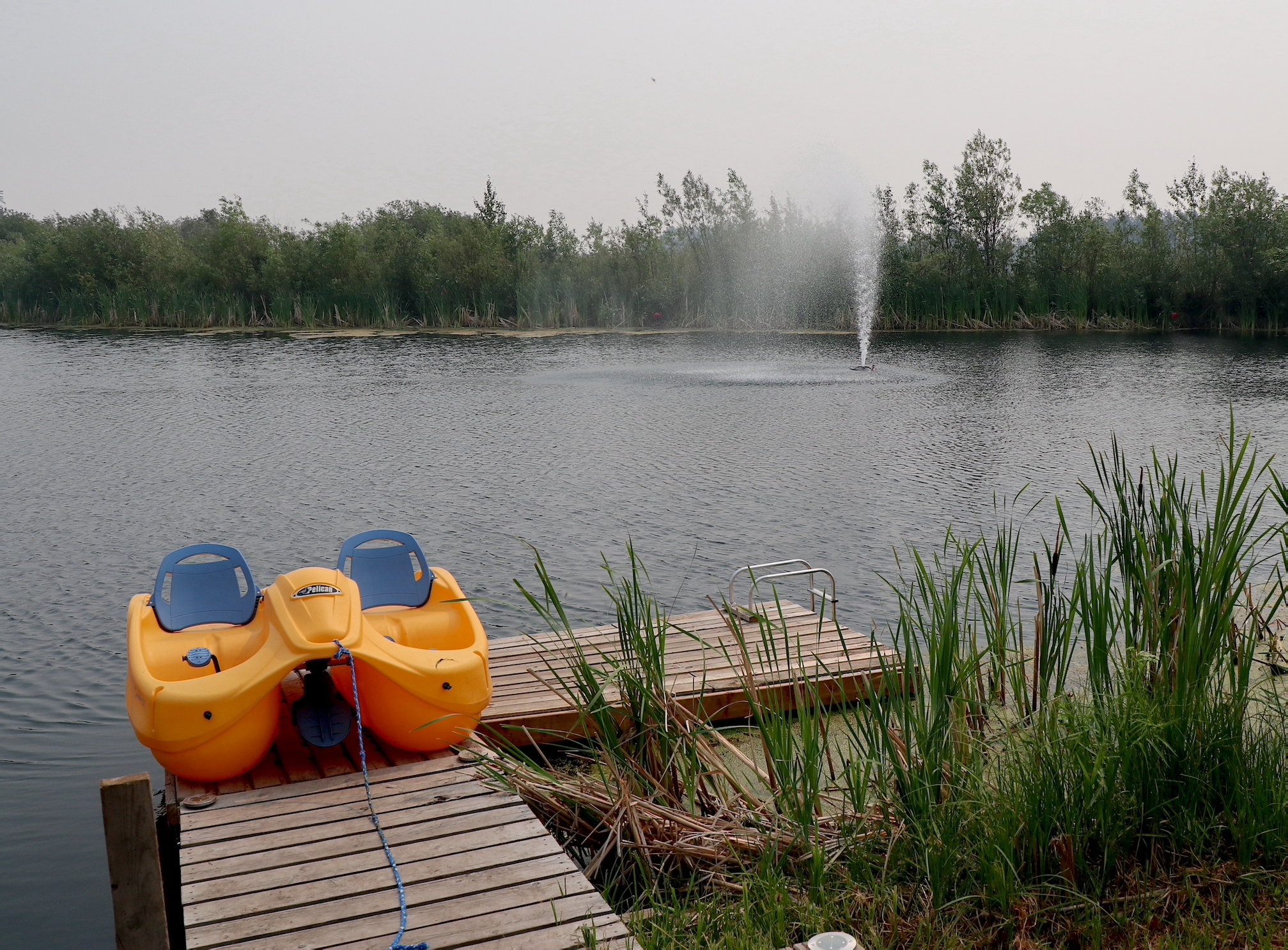When it comes to hitting the road for your next adventure, it should come as no surprise that you want to take your favorite people with you to share in the excitement. However, sometimes our favorite people are actually our pets. Yes, pets really are just like family. Man’s best friend? You bet. Our four-legged friends are our forever companions, so obviously we want to take them on the road with us when we’re RVing across the country to share in all the memory-making fun that happens along the way.
There are plenty of tips for RVing with your dog, but here are some of our tried and true rules for keeping Fido safe and happy whether you’re taking a long or short haul.
1. Get Daily Exercise
Just like us, our four-legged friends will need exercise. Depending on the size of your pet and RV, they may be able to get a healthy amount of running just playing a game of fetch inside. But for larger pets, finding a local pet-friendly park is a great option—especially one where they can socialize with other traveling animals. Additionally, the old saying that a tired puppy is a good puppy still rings true regardless of your pet’s age. Giving your pet a solid amount of exercise ensures they’re not itching to get out of the RV when you’re on the road. Instead, they’ll more than likely nap or at least relax in between stops.
2. Regular Health Checkups
On the off-chance that something happens to your pet while you’re on the road, it’s important to be able to find a local veterinarian. Smartphones can easily be your friend here, but some research into your destination and major places along the way can help make sure your best friend has a nearby doctor were something to arise. Your local vet may even be able to recommend a few along your route. Planning a few things in advance, such as where your pet will sleep in the RV and how to protect your pet from the heat, can go a long way in helping your pet enjoy the trip just as much as you.
3. Know Pet Policies
Campgrounds tend to have separate policies regarding animals versus human visitors. For example, some national parks don’t allow pets on the trails at all, while other campgrounds usually require that they be on a leash when outdoors and that owners clean up after them. Regardless of where you go, you should always clean up after your pet whether there’s a sign indicating to do so or not. Some places don’t allow pets to be left unattended, which can be a problem if you’re more of a park-and-explore type RVer. There may also be weight and breed restrictions for dogs at certain locations. Check out the campground’s policies before setting up camp with your pooch in tow to avoid any issues during your trip.

Copyright
© Camping World




















